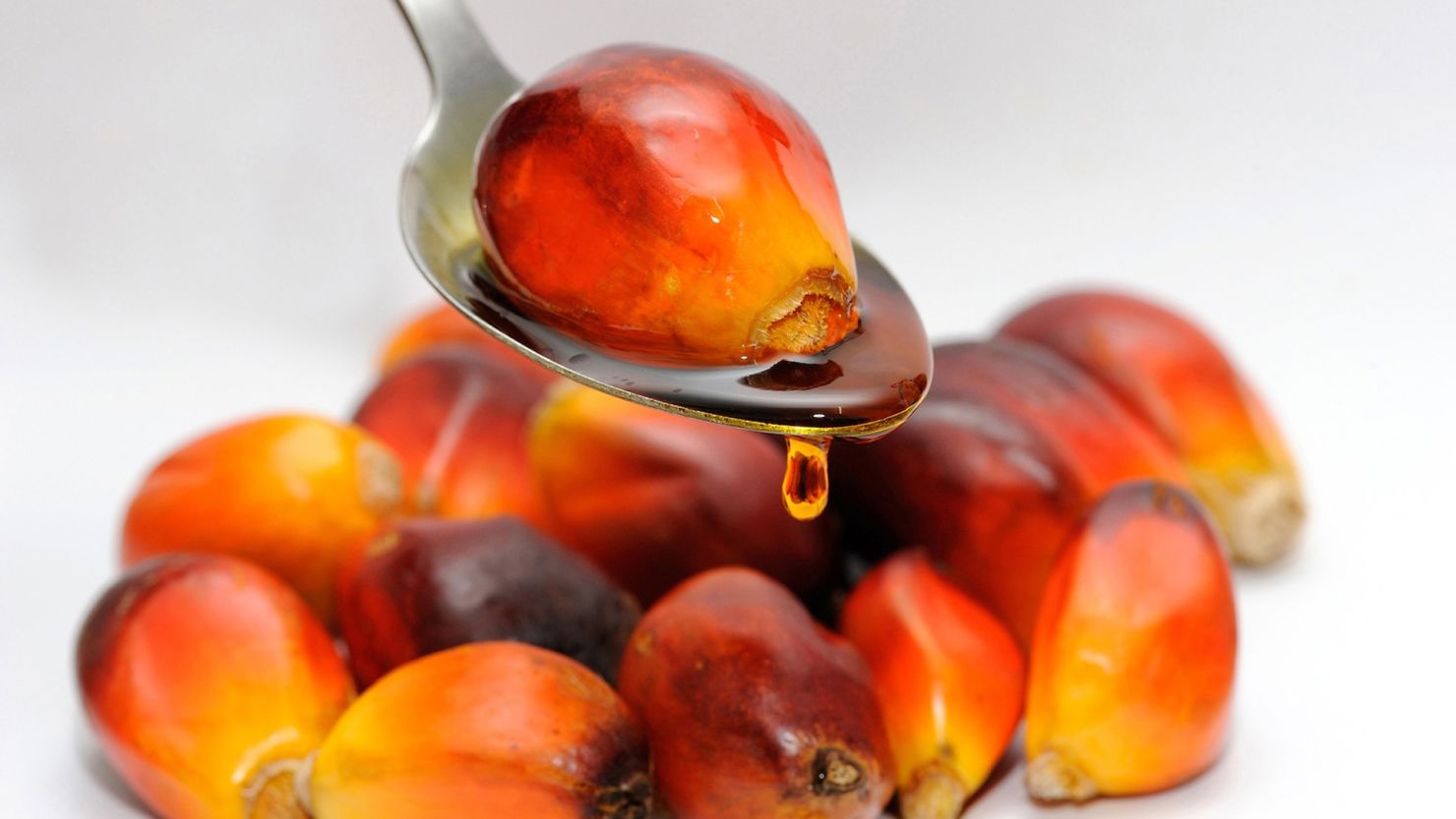Scientists Uncover Health Benefits of Tocotrienols in Palm Oil

Research into palm oil has intensified, particularly regarding tocotrienols, a lesser-known micronutrient that could enhance various aspects of health. With global palm oil production reaching nearly 80 million tons in 2024, interest in its nutritional properties is on the rise. Scientists are investigating tocotrienols for their potential benefits related to brain health, skin care, and more.
In the 1990s, the introduction of health concerns regarding partially hydrogenated vegetable oils led food companies to seek alternatives. The World Health Organization highlighted the dangers of trans fats, prompting a shift towards safer and more natural ingredients. Palm oil emerged as a viable option, thanks to its high yield and versatility in food applications.
Today, palm oil is the most widely used vegetable oil globally, with approximately 85% of its production directed towards food products. Its unique properties make it suitable for a range of uses, from chocolate to baking. The oil palm tree produces fruit bunches that yield both palm oil from the flesh and palm kernel oil from the seed. This high-yield crop outperforms others like sunflower and rapeseed, which yield only about 0.7 tons per hectare compared to palm oil’s 2.9 to 3.5 tons per hectare.
Tocotrienols, a form of vitamin E found in palm oil, are gaining recognition for their health benefits. According to Dr. Ammu Radhakrishnan, a professor in immunology at Monash University Malaysia, tocotrienols have significant potential to protect neurons from oxidative stress. This could play a role in slowing or inhibiting the progression of neurodegenerative diseases such as Alzheimer’s and Parkinson’s.
Dr. Ammu explains that tocotrienols are often misunderstood due to misconceptions about palm oil’s saturated fat content. “A very common misconception is that palm oil is harmful due to its saturated fat content,” she states. Research suggests that palm oil’s effects on cholesterol are comparable to other monounsaturated oils, such as olive and canola oil.
The nutritional profile of palm oil includes approximately 50% saturated fat, 40% monounsaturated fat, and 10% omega-6 polyunsaturated fat. Moreover, it is rich in phytonutrients, including squalene and beta-carotene, which may offer additional health benefits.
Current studies are exploring tocotrienols’ potential to mitigate stroke-related damage and slow the development of white matter lesions, early indicators of neurodegenerative diseases. Other research indicates that tocotrienols may help lower LDL cholesterol levels and support liver health. Their application extends into skincare, where tocotrienols are being studied for their anti-inflammatory properties and ability to promote hair growth.
The company PhytoGaia, led by Bryan See and WH Leong, is at the forefront of tocotrienol research and development. They have developed a chemical-free extraction method to provide high-purity tocotrienols for dietary supplements and cosmetics. Leong, who was instrumental in introducing tocotrienols to the US market over two decades ago, emphasizes that many people are unaware of the well-researched benefits of these nutrients found in palm oil.
“Tocotrienols’ unique structure enhances their ability to efficiently penetrate cell membranes, including the blood-brain barrier, making them a more potent antioxidant,” Leong explains. As research continues, the potential benefits of tocotrienols are expanding, with implications for immune modulation, anti-aging, and kidney function.
The evolving conversation surrounding palm oil highlights its multifaceted role in nutrition. With responsible sourcing and a balanced diet, experts like Dr. Ammu advocate for its inclusion in the global food supply. The ongoing research into tocotrienols reinforces the need for a science-based perspective on palm oil’s health implications, ensuring that its usage aligns with global demand and health benefits.






